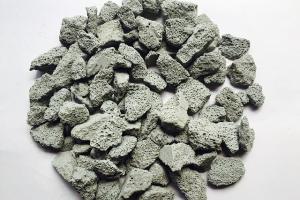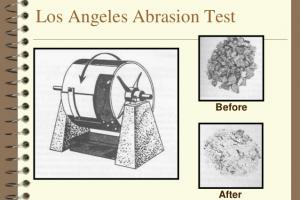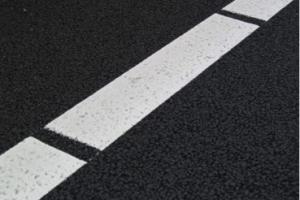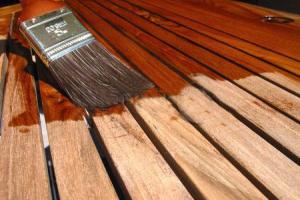What is Plaster of Paris and How to Make it at Home?

Plaster of Paris Recipe
Plaster of Paris is a Calcium sulfate semi-hydrate (CaSO4,½ H2O) derived from Gypsum, a calcium sulfate di-hydrate (CaSO4, 2H2O), by firing this mineral at relatively low temperature and thus reducing it to powder.
CaSO4, 2H2O + HEAT -------> CaSO4, 1/2 H2O + 1.5 H2O
In 1700’s, Paris was already the “Capital of plaster” since all the walls of wooden houses were covered with plaster, as a protection against fire. The King of France enforced rule after the big fire in England 1666.
Large Gypsum deposits near Paris ► Mined ► Manufacture of Plaster of Paris
![]() Watch Video on How to make Plaster of Paris Step By Step Guide
Watch Video on How to make Plaster of Paris Step By Step Guide
Items Needed
(Apparatus) to make plaster of Paris with glue
- 2 parts Diluted White Glue
- 1 part Warm Water
- Large Mixing Bowl
- Spatula or Wooden Spoon
Instructions and procedure
- Gather all the materials and spread a sheet on the work surface.
- Now, pour the glue in the large mixing bowl and beat it well.
- Make a paste, by adding one part warm water to two parts of white glue.
- Mix the ingredients well. Continue stirring them, until there no visible lumps remain.
- If you do not get a soupy mixture, you can add more water to the bowl and mix well.
- The final product should be watery, but with a slight white glue consistency.
Properties of Plaster of Paris
Uses of Plaster of Paris
|













